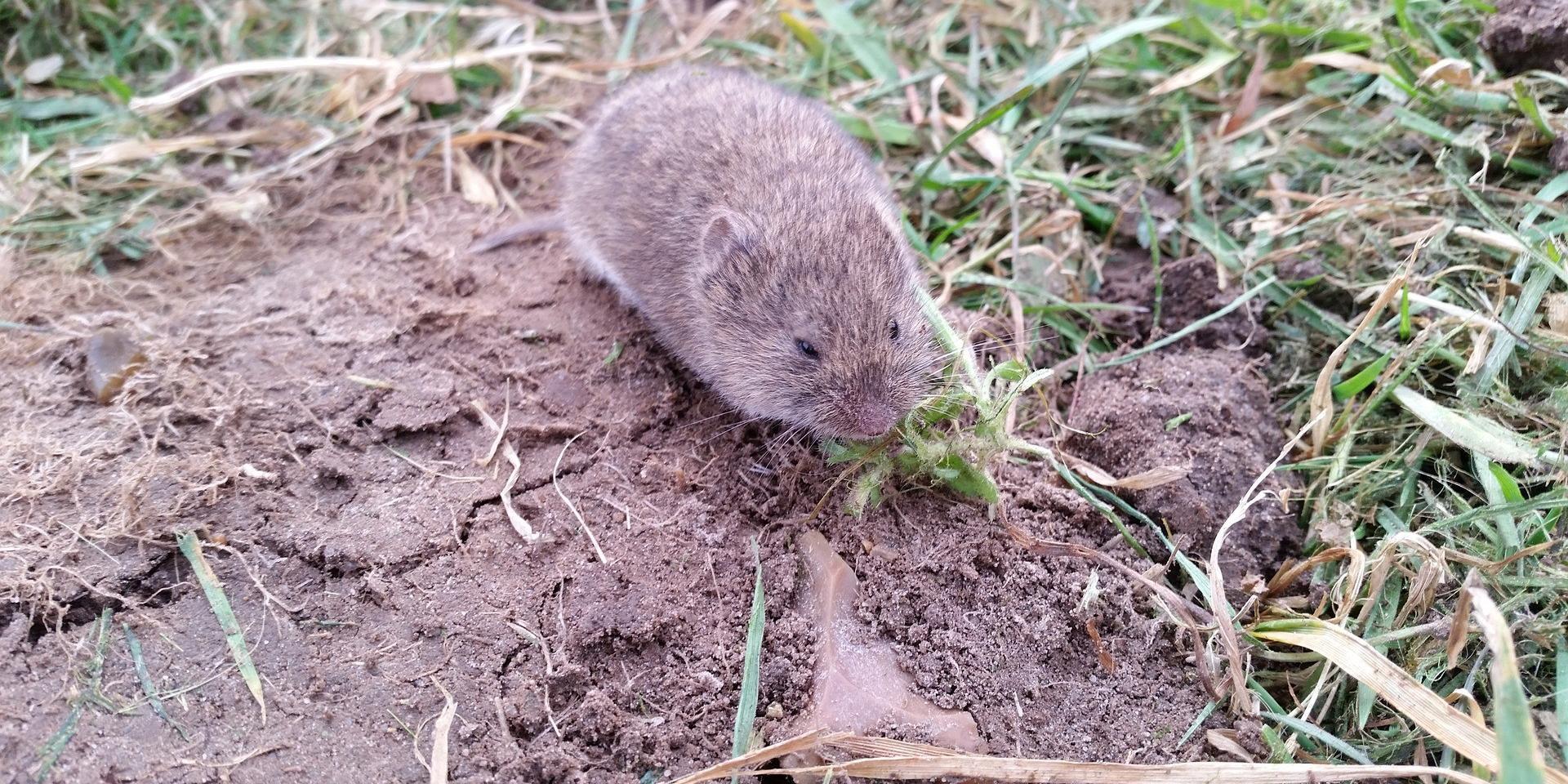Proven Vole Control Methods to Safeguard Your Property
Proven Vole Control Methods to Safeguard Your Property
Blog Article
Comprehensive Overview to Reliable Vole Parasite Control: Problem Recognition and Therapy Techniques
In the world of efficient insect control, vole infestations present a special obstacle that demands a tactical approach. By checking out the nuances of vole behavior, understanding vital indicators of invasion, and reviewing a variety of control options, one can create a thorough approach to battle these elusive insects.
Understanding Vole Behavior
Vole habits is identified by their delving practices and rapid recreation rates, making them a difficult pest to control properly. These small rodents commonly create elaborate passage systems underground, utilizing them for shelter, food storage, and transportation. Voles are herbivores, eating a selection of plants, roots, bulbs, and yards, which can trigger substantial damage to gardens, orchards, and yards. Their quick reproductive rate additional makes complex control efforts, with ladies efficient in creating multiple trashes in a solitary year, each containing several children.
Voles are most active during the very early morning and night hours, spending the majority of their time foraging for food. Their burrowing habits not just interrupt yards and yards however also make them challenging to remove and discover. Understanding vole behavior is crucial for reliable bug control techniques. By identifying their burrow areas, monitoring feeding locations, and executing targeted control methods, such as trapping or environment modification, vole invasions can be handled effectively.
Indications of Vole Problem

Prevention Techniques
Executing effective prevention approaches is vital in reducing vole invasions and guarding greenery from their harmful feeding habits. To stop vole problems, it is important to begin by eliminating prospective food resources and shelter.
Frequently examining the residential or commercial property for signs of vole task, such as recommended you read runways and delve openings, is vital for early discovery and punctual action. If vole task is presumed, think about utilizing repellents or traps purposefully positioned near their pathways.
Non-Lethal Control Methods
To efficiently handle vole populaces while focusing on gentle methods, non-lethal control methods offer useful options for reducing vole damage in landscapes and yards. These obstacles can be buried at least 12 inches bent and deep at a 90-degree angle to stop voles from burrowing beneath.

Lethal Control Options
One efficient approach for resolving vole invasions in gardens and landscapes includes the strategic usage of deadly control options. When encountered with a severe vole problem that non-lethal techniques have fallen short to consist of, executing dangerous control actions ends up being important. Overall, when using deadly control options, it is essential to do so sensibly and in conformity with local guidelines to efficiently take care of vole infestations.
Verdict
In final thought, effective vole insect control calls for an extensive understanding of vole actions, identification of indicators of invasion, execution of prevention strategies, and usage of both non-lethal and dangerous control techniques. By combining these techniques, people can effectively handle vole populaces and safeguard their residential or commercial property from damages. It is necessary to deal with vole infestations without delay to prevent further issues and reduce the effect on the surrounding atmosphere.
Provided the elaborate tunnel systems and fast reproduction rates particular of voles, identifying the indications of vole problem comes to be essential in reliable insect control. One of the key indicators of vole existence is the presence of surface runways or routes in lawn or snow, normally about 1-2 inches wide, produced as voles travel in between their burrows and food sources.To properly manage vole populations while focusing on humane techniques, non-lethal control techniques provide practical solutions for reducing vole damage in landscapes and yards.One reliable method for dealing with vole problems in gardens and landscapes entails the calculated use of dangerous control options. vole control utah.In verdict, look at these guys effective vole parasite control Extra resources needs a comprehensive understanding of vole actions, identification of indicators of infestation, execution of prevention strategies, and application of both non-lethal and deadly control methods
Report this page